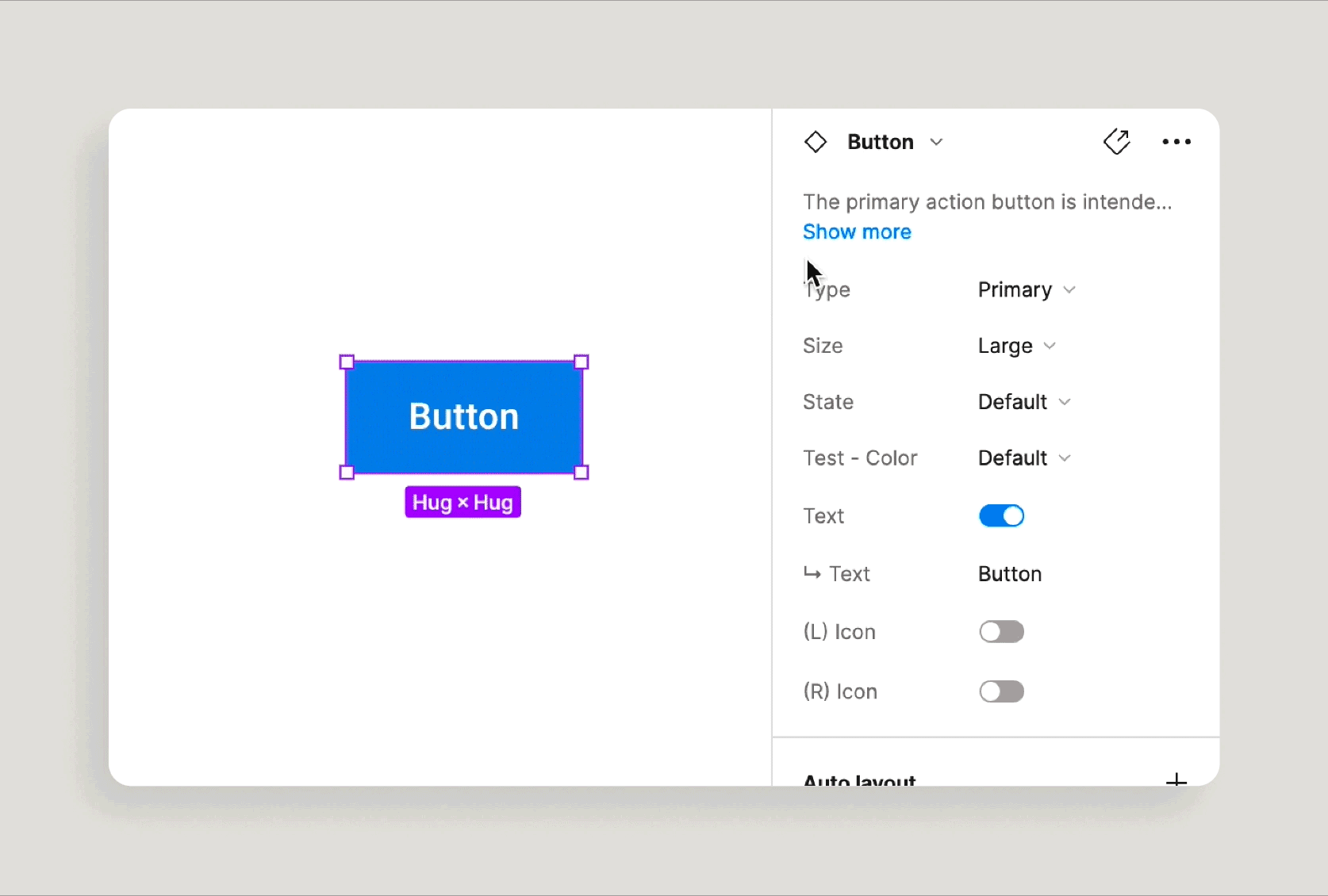Role
Team of 3-4 designers
Mission
Build and maintain a design system to simplify the design and development process while enhancing the cohesiveness and effectiveness of design decisions
Platform
Responsive web
Overview
After much discussion with development teams, the Bushel design team decided to move forward with creating a design system for our BushelPowered products. The primary goal of our design system was to improve the consistency and efficiency of our user interface and brand identity. Many of our old products were inconsistent and disjointed, creating confusion for users and a lack of brand identity. This design system would also streamline the design and development process by providing a common set of guidelines, components, and resources for teams to work with. This helped reduce the time and effort required to design and develop new features, as well as ensure that new designs are aligned with the overall product vision.
Goals
Increase efficiency and simplify the design and development process
Reduce design inconsistencies
Improve collaboration between designers and developers
Establishing a Design System
UX Research & Ideation
To establish the design system, our team defined areas that would require UX research. There were new elements and features we planned on incorporating with the design system that would need to be tested. These included things like navigation and the addition of a dashboard feature that would serve up new data insights for the user. We worked closely with UX researchers to develop a research plan and create prototypes for testing. Based on this research, the team developed a set of design principles, guidelines, and components to be used in the design system.
Solution
The design team worked to break down the system into three sections: foundation, guidelines, and components. The foundation defines colors, spacing, type styles, etc, to help outline the building blocks for components and implementation. The guidelines provided a set of best practices for designing with the design system, and the components provided a library of reusable UI elements and patterns.
Of course, design systems require constant maintenance as the products grow to remain relevant and effective. I helped my team with ongoing design system maintenance work, such as updating design guidelines and patterns, adding new components as needed, and making sure that all team members are using the design system consistently. We also regularly collaborated with cross-functional teams to gather feedback and incorporate their needs and perspectives into the design system.
Conclusion & Impact
The implementation of Bushel's Design System has had a significant impact on the company's design and development processes. The design system has reduced design inconsistencies, improved collaboration between designers and developers, and increased the efficiency of the design process. The design system has also helped Bushel maintain a consistent design style across all of its products and services, leading to a more coherent user experience for its customers.
The establishment of Bushel's Design System has proven to be a successful initiative, fulfilling the company's mission to simplify the design and development process while enhancing the cohesiveness and effectiveness of design decisions.



